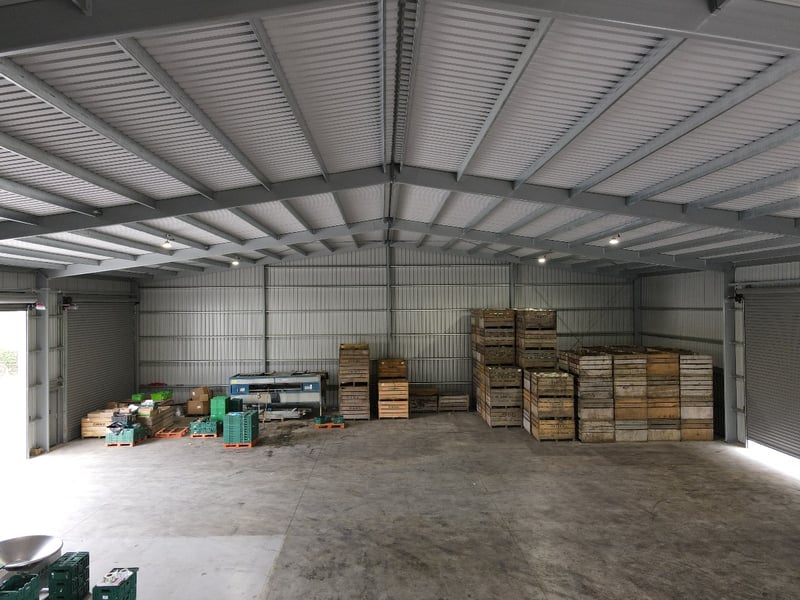
Common Soil problems in New Zealand
Soft or Weak Soil (Low Bearing Capacity)
What is it?
Soft or loose soils, such as silt, peat, or loose sands, cannot adequately support a building’s weight and have a bearing capacity lower than 300 kPa. When soil bearing capacity drops below 150 kPa, it can start affecting foundation performance and lead to other issues.
Why is it a problem?
- High risk of settlement—buildings may sink over time.
- Requires larger or deeper foundations, increasing costs.
- Structural misalignment—floors and walls may become uneven.
Solutions:
- Deep Piles: Driving steel, concrete, or timber piles down to a stable soil layer.
- Ground Improvement: Using compacted gravel, stone columns, or soil stabilisation techniques.
- Raft Foundations: Distributing the building’s weight over a larger area to reduce pressure on the soil.
Attika has worked on multiple sites across New Zealand with low-bearing soils. The foundation design varies depending on the type of building—a retail store may have different requirements than a bulk storage facility, where loads can reach 4 tonnes per square metre due to stacked one-tonne bags.
Uneven Settling (Differential Settlement)
 WHAT IS IT?
WHAT IS IT?
Differential settlement occurs when soil sinks at different rates across a building footprint, causing movement issues. This often happens when the layers of soil compress unevenly under added weight.
Why is it a problem?
- Cracks in walls and floors.
- Doors and windows become misaligned.
- In severe cases, buildings can tilt or lean.
Solutions:
- Pile Foundations: Providing deep, stable support below weak soils.
- Preloading the Site: Loading the ground with heavy materials, allowing it to settle before construction.
- Soil Stabilisation: Adding cement or lime to weak soils to increase their strength.
Case Study: The Bell Block area in New Plymouth is a prime example where preloading is used. In this area, the Geotech recommendations were to load the site with heavy material to induce settlement before construction begins. Once settlement occurs, the preload is removed, and the building is erected on the new surface.
Unstable Fill (Uncontrolled & Uncertified Fill)
What is it?
Uncontrolled fill refers to randomly dumped soil, debris, or waste materials that haven’t been properly compacted or engineered. Because of its inconsistency, it can be quite challenging to accurately know how the soil will perform in all areas of the building location.
Why is it a problem?
- May contain soft soil or buried rubbish (e.g., old cars, household waste, farm or industrial debris).
- Can settle unpredictably, leading to foundation failures.
- Often results in more expensive geotechnical recommendations due to unknown risk.
Solutions:
- Digging out and replacing fill with engineered material (expensive but ensures consistent results).
- In areas with high moisture content, cement stabilisation can be a smart alternative to full replacement. It reduces the soil’s plasticity and helps prevent excessive swelling and shrinking — a key factor in maintaining long-term foundation integrity.
- Piling through the fill to reach hard ground (viable if a stable layer is within efficient pile lengths which is usually up to 8m).
- Gravel raft foundations to distribute weight evenly.
- Further geotechnical testing to refine risk assessment.
Case Study: Many industrial areas have historical fill deposits. In some cases, excavation has revealed buried debris like cars and fridges. Depending on the severity, either full removal or a gravel raft solution is used.

Addressing Myths in the Industry
Myth: Lightweight Structures Perform Better on Poor Ground
Some claim that lightweight, cold-formed steel structures perform better on poor ground because they weigh less. However:
- The weight of the floor and stored products is far more relevant than the steel frame itself.
- Foundation loads are dictated by wind and uplift forces, not just structure weight.
Myth: Precast Panels Are Always Problematic
While precast panels can introduce challenges, they are often necessary for fire compliance. In these cases, structural steel can:
- Bolt directly to precast panels, distributing earthquake loads.
- Reduce the need for massive foundations required for cantilevered precast walls.
Collaborative Approach for Poor Ground Conditions
If poor ground conditions are identified, the best approach is to involve:
- Geotechnical engineers to assess soil conditions.
- Structural engineers to determine foundation loads.
- Builders and contractors to provide cost-effective solutions. Too often, solutions are determined without understanding the different cost implications.
By collaborating early, foundation design can be optimised for cost and performance. For example, in cases where multiple foundation options exist (e.g., piling vs. gravel raft vs. excavation), having all experts involved ensures the best value solution is chosen.



.png?width=800&name=XL%20%20Mezzanine%20(1).png)
